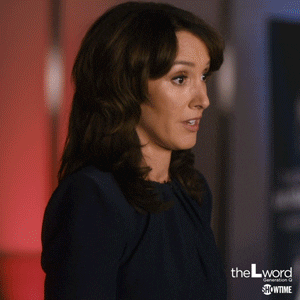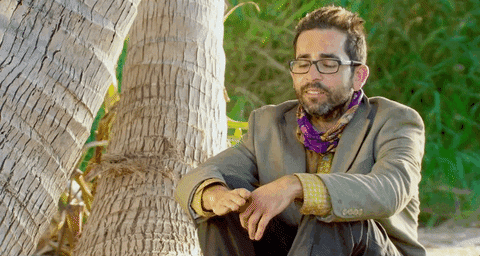During Covid-19, Wellcome wanted to hear from young people first hand about the steps they were taking to stay positive and manage their mental health. The idea was to capture real life coping mechanisms and use the findings to form the basis of an artistic project. Wellcome wanted to draw on some of our expertise with interactive projects and using technology to tell stories. They needed a partner skilled at meeting audiences where they are, who could speak to potential participants in the spaces they feel at home. This fast-paced and unusual project, Covid Living, was a joy to work on. Here are some of the things we learnt:
-
If you want to capture different perspectives you have to use different methods.
We knew a one-size-fits-all strategy wouldn’t enable us to reach a varied group of participants, or encourage them to give an authentic account of their experiences. So we diversified, developing four different methods for capturing their responses. Participants could then choose between: taking part in a WhatsApp conversation with daily creative prompts which encouraged them to reflect on their wellbeing; recording a video chat which allowed us to watch along as they engaged in a pastime that helps them cope; writing a letter to their future self describing lockdown; and creating a photo essay to represent their experience during the pandemic. Each of these methods appealed to a different audience, and created opportunities for sharing different kinds of information.
-
Meet audiences where they are - always.
Throughout lockdown, WhatsApp and Zoom became the primary means for young people to communicate with their friends. We wanted our participants’ responses to be authentic and natural so we opted to use these platforms too, tapping into the trends around technology which was already a part of their lockdown experience. Taking the time to consider ways your brand or organisation can communicate with your audience in their favourite spaces, not just using the platforms you might be most familiar with, can create fantastic opportunities for connection. Just make sure to thoroughly consider what safeguarding is appropriate when embarking on digital activity with young people.
-
You need to be quick on your feet to capture a real life event as it’s happening.
The pandemic took us all by surprise and Covid Living was conceived of as part of Wellcome’s response to its real time reverberations. As such, we needed to act nimbly and responsively, trialling and adapting our process as we went along. We were continuously reviewing and refining the creative tasks, and what we learnt about communicating efficiently and keeping an open mind to the process will be useful for all kinds of future projects.
-
The concept of wellbeing transcends cultural and geographical difference.
We were blown away by the international response to our callouts - our young people came from 32 cities in 15 countries! It was amazing to hear so many diverse perspectives but, despite their differences, there were recurring patterns in their responses. A desire to stay positive and prioritise self-care and a commitment to using this period for self betterment were themes that cropped up again and again, from Kenya to Japan. It was interesting to affirm the universality of narratives relating to wellbeing and mental health which might sometimes be mistaken as unique to a western perspective. It indicates that wellbeing narratives will continue capturing the attention of audiences for the foreseeable future.
-
Young people are very resourceful when it comes to managing their mental health.
Gathering responses from the community we built with Wellcome was an enlightening experience. What emerged was a picture of an engaged and deep-feeling generation with the ability to be introspective about their experiences. Many of the responses were characterised by a note of hopefulness and this is something we mean to take forward as we move onto developing the artistic output of Covid Living.
We’re currently working with Wellcome on surfacing further insights into how people cope with mental health issues. Stay posted until later in the year for the next phase, an artistic project which brings to life what we have learnt.
N.B. We would emphasise again the importance of implementing appropriate safeguarding practices when working with young people on a similar project of your own.


